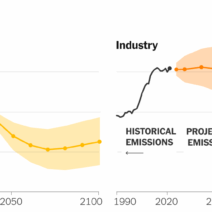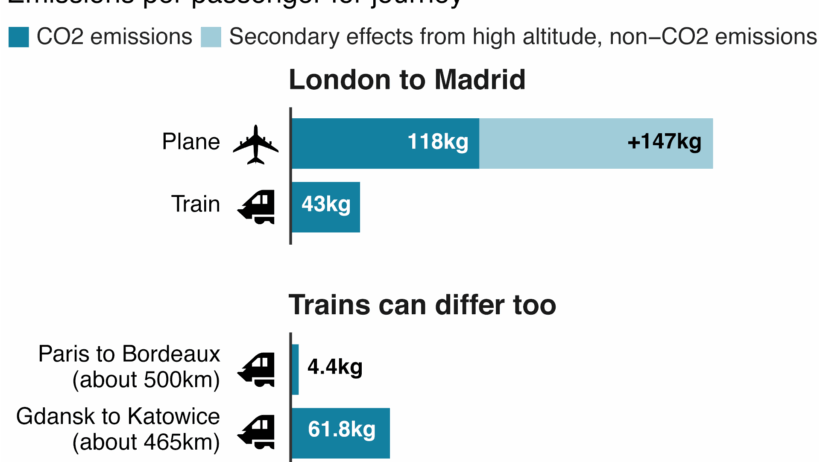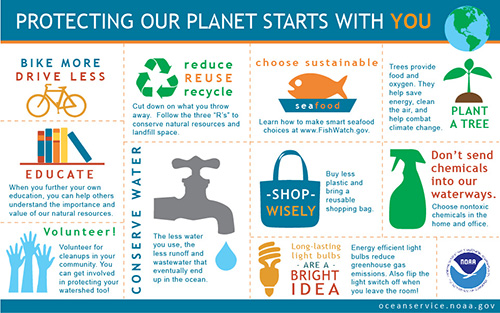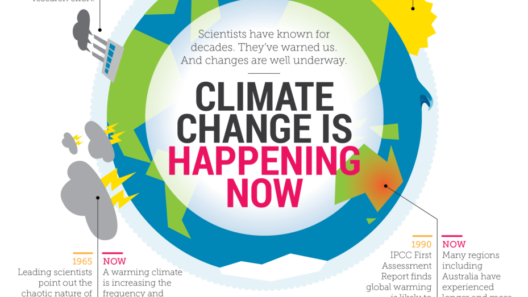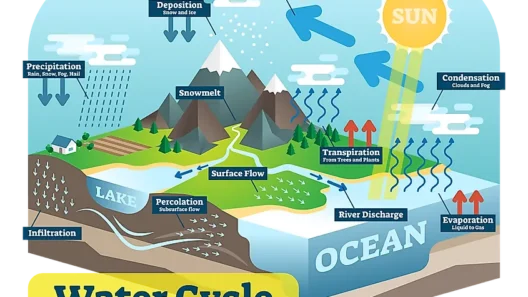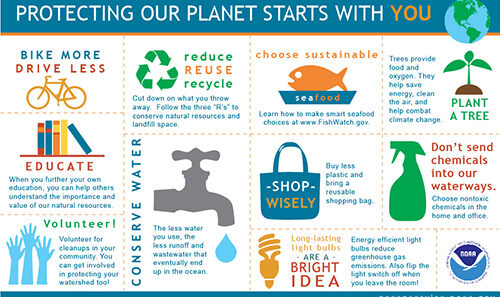As we embark on the adventure of traversing our planet, a pressing question arises: does the mode of transportation we choose mitigate or exacerbate climate change? In an era where the impacts of global warming are ever more prevalent, understanding the environmental implications of our travel choices is crucial. Let us delve into the complex interaction between different transport systems and their contributions to greenhouse gas emissions, resource consumption, and, ultimately, climate change.
The transportation sector is a significant contributor to global carbon emissions, accounting for nearly one-quarter of total emissions worldwide. This sector is intricately divided into several modes: aviation, road transport, and rail systems, each wielding its own environmental influence. Notably, the urgency of reassessing these modes is underscored by the increasing shifts towards more sustainable practices, driven by innovations and policy changes. But the playful question remains: can we truly favor one mode of transport over another in our quest for sustainability?
Starting with aviation, air travel undoubtedly stands as the most carbon-intensive mode of transportation. A single flight can emit more carbon dioxide than the average individual does in an entire month. The enormity of emissions is particularly pronounced during the cruising phase, as jets ascend to altitudes that exacerbate warming through contrail-induced cirrus clouds. These challenging factors present a formidable quandary for frequent travelers. Furthermore, the aviation industry is projected to grow substantially, which could further complicate efforts to reduce emissions. Innovations such as sustainable aviation fuels and electric planes are emerging as potential solutions, yet their feasibility and readiness for widespread adoption present considerable hurdles.
On the opposite end of the spectrum lies rail transportation, which generally boasts a much lower carbon footprint. Trains can carry a large number of passengers simultaneously with a significantly reduced environmental impact per person compared to cars or airplanes. Electric trains, in particular, can achieve remarkably low emissions depending on the source of the electricity used, making them a more sustainable option. However, challenges linger. Rail systems require extensive infrastructure that demands significant resources and capital; moreover, not every destination is conveniently accessible by train, especially in less developed regions where rail networks may be sparse or non-existent. Can we, then, overcome these geographical limitations to harness the full potential of rail travel?
Road transport presents a multifaceted dilemma. Automobiles remain a ubiquitous form of travel, culturally and practically integrated into the fabric of daily life. Yet, the sheer number of vehicles on the road has led to traffic congestion, increased emissions, and reliance on fossil fuels. Innovations in electric and hybrid vehicle technology offer promise, but the transition to a sustainable model is marred by infrastructural challenges, consumer habits, and initial costs. In urban settings, adopting public transport and promoting car-sharing schemes can mitigate some environmental impacts. Herein lies a compelling challenge: how can we transform deeply entrenched cultural attitudes towards individual vehicle use into a collective embrace of environmentally friendly alternatives?
Compounding the environmental impact of transportation systems are ancillary factors like urban planning and socioeconomic status. The way cities are designed inherently influences transportation choices—larger cities often offer more robust public transit options, whereas rural areas face geographical constraints that limit viable alternatives to personal vehicles. Moreover, socioeconomic dynamics frequently dictate who has access to sustainable transport options. Investments in equitable transportation infrastructure are critical to fostering inclusivity while addressing climate change. Can we recalibrate our existing infrastructure to create pathways toward sustainable travel for all?
The climate crisis challenges us to rethink not only how we travel but also why we choose our modes of transport. The beauty of the natural world beckons for protection, and our travel preferences must align with the urgency to preserve it. To that end, advocating for active transportation—walking or cycling—can significantly reduce emissions. Yet, societal norms around convenience and speed often overshadow these alternatives. As individuals become more aware of their carbon footprints, the call for change becomes even more resonant. Can we cultivate a cultural shift that embraces slower, mindful travel as a cornerstone of sustainability?
Ultimately, the relationship between transportation and climate change is a web of complexities. Acknowledging and analyzing the environmental impacts of planes, trains, and automobiles fosters a more informed public discourse. Policies aimed at regulating emissions, investing in renewable energy, and enhancing public transport systems will play critical roles in addressing these challenges. As we stand at this crossroads, we must collectively contemplate our travel habits. While we ponder these decisions, we are compelled to ask ourselves: what legacy do we want to leave for future generations? The transport systems we advocate for today will shape the environmental landscapes of tomorrow.
In conclusion, the journey towards sustainable transport is fraught with challenges, yet it is not an insurmountable task. By embracing innovative technologies, reimagining urban spaces, and fostering a culture that prioritizes environmental sustainability, we can carve out a sustainable path forward. Each choice we make holds the potential to reduce our carbon footprint and mitigate the impacts of climate change. The time to act is now; the planet we inherit depends on our collective decisions.

